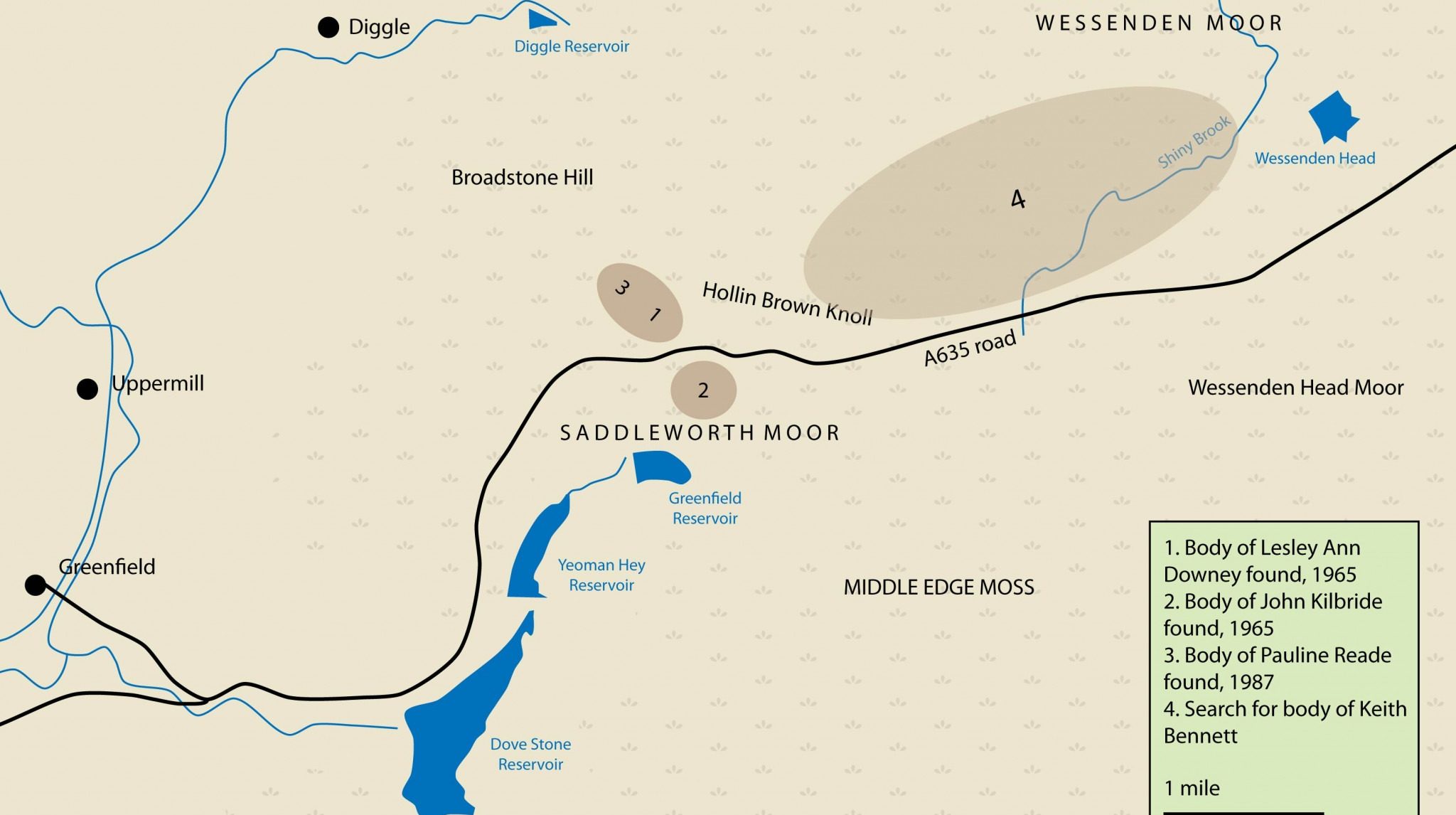WMG scanning tech featured in BBC’s Moors Murders documentary
Scanning technology devised by Warwick Manufacturing Group’s (WMG) Professor Mark Williams and his team has been featured in the BBC 2 documentary ‘The Moors Murders: A Search for Justice’. The documentary follows the search for Keith Bennett, who is the only victim of Ian Brady and Myra Hindley yet to be found.
Lovers Brady and Hindley are infamous for having lured five children, between the ages of 10 and 17, to their deaths on Saddleworth Moor in the Peak District, in the early 1960s. The pair tortured and sexually assaulted the children before murdering them and burying their bodies on the moors.
The judge described Brady as “wicked beyond belief” at their trial in 1966. Margaret Thatcher described their crimes as “the most hideous and evil in modern times”. The death sentence had been outlawed in Britain one year prior to their trial, meaning the couple narrowly avoided this fate. Many believe they “cheated the gallows”.
WMG’s technology has helped solve over 300 murder cases across 30 police forces.
Despite being sentenced in 1966, Brady did not confess to the killings of Pauline Reade (16) and Keith Bennett (12) until 1985. Pauline was found in June 1987, but Keith’s whereabouts are still unknown; despite his mother pleading with his killers to reveal the information, she passed away without ever burying her son.
Martin Slevin, former Police Senior Investigating Officer and cold case expert, said: “No searches [for Keith’s remains] in the past 25 years have sought to utilise modern technology.” Professor William’s 3D scanning and imaging technology has therefore been instrumental in the search for new evidence.
WMG’s technology allows the terrain to be scanned and rendered in “immersive, high-resolution 3D environments” to identify where to direct the search. It was used to refine investigators’ search areas by picking up “anomalies and features in the landscape” that may indicate “body deposition sites”. The technology enables a “microscopic level of detail” that is critical in ensuring the search is as thorough as possible.
Professor Williams states: “WMG’s scanning techniques offer a non-invasive, incredibly precise way to revisit fragile and historical evidence”.
The search for Keith’s remains is still ongoing.
Since its first usage in 2014, when it helped West Midlands Police with a murder investigation in a Birmingham canal, WMG’s technology has helped solve over 300 murder cases across 30 police forces.

Comments